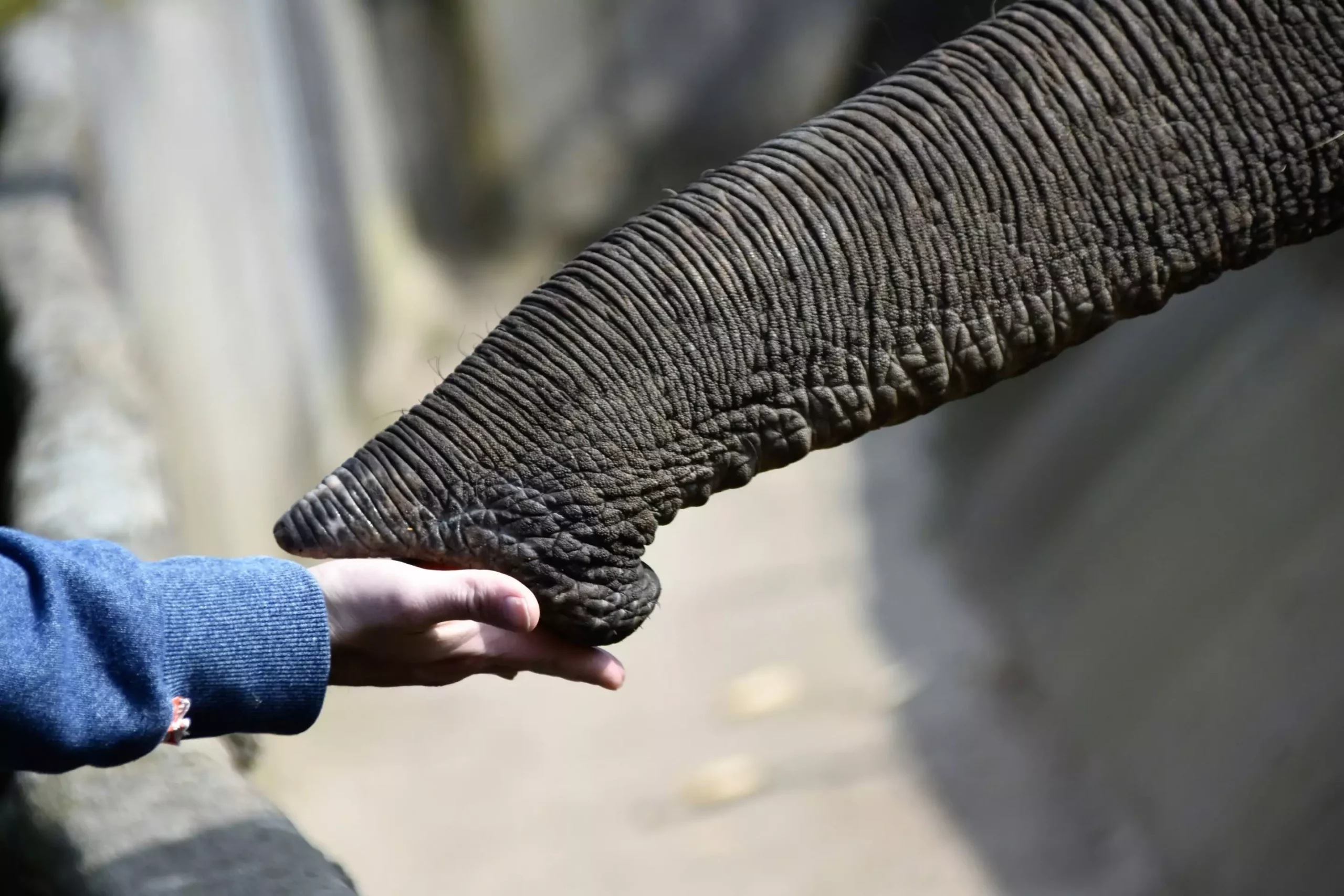Elephants are known for their remarkable trunk, which serves a multitude of purposes in their daily lives. From eating and drinking water to social interactions and tool usage, the trunk is a versatile and essential appendage for these majestic creatures. The trunk, composed of six muscle groups and devoid of rigid structures like bones, is incredibly strong and precise. It can uproot trees and delicately grasp small objects with equal dexterity.
A recent study led by researcher Pauline Costes focused on understanding the pinching force exerted by the tip of an African savannah elephant’s trunk. The study aimed to measure the maximum force generated by the trunk tip’s two finger-like protuberances and how the positioning of the trunk affected this force. The findings of this research have significant implications for robotics, specifically in the development of soft grippers that mimic the elephant’s trunk for grasping objects with precision.
The field of robotics has long been inspired by biological systems, leading to the development of bio-inspired technology. The flexibility and functionality of natural biological tissues have served as a model for engineers designing robots, especially in tasks requiring grasping and manipulation. The elephant’s trunk, with its ability to pick up objects with high precision using a pinching grasp, has been a particularly attractive source of inspiration for soft robotics.
The study revealed a maximum pinch force of 86.4 Newton exerted by an elephant’s trunk tip, surpassing the force generated by human hands in a similar pinching motion. Although the force may not be substantial, the precision with which the trunk can grasp objects is noteworthy. This information is invaluable for enhancing the design of soft grippers in robots, enabling them to handle objects with delicacy and precision in various environments.
Applications of Soft Robots
Soft robots equipped with grippers inspired by the elephant’s trunk can find applications in diverse fields such as medicine, industry, research, exploration, and agriculture. These robots can perform tasks such as minimally invasive surgical procedures, handling delicate objects on production lines, navigating challenging terrains, and harvesting fruits and vegetables without causing damage. The adaptability of soft grippers to different environments makes them essential tools in modern robotics.
The study also involved the development of a device to measure the pinching force of an elephant’s trunk tip accurately. This device, comprising force sensors connected to an electronic system, allowed researchers to quantify the force exerted and assess the differences in force between the trunk’s two finger-like protrusions. The data collected from these measurements provided valuable insights into the mechanics of an elephant’s trunk and its grasping capabilities.
In addition to the technological implications, the research also shed light on the differences in trunk grasping techniques among elephants living in various habitats with different vegetation densities. Understanding these variations can aid in elephant conservation efforts by predicting how changes in climate and habitat will impact their feeding behavior. By studying the natural behaviors and abilities of elephants, researchers can develop strategies to protect these magnificent animals and their ecosystems.
The strength and precision of an elephant’s trunk tip have far-reaching implications for robotics, particularly in the development of soft grippers for robots. By studying and understanding the unique capabilities of the elephant’s trunk, researchers can improve the design and functionality of robotic systems for a wide range of applications. This research not only enhances our technological advancements but also contributes to the conservation and preservation of these extraordinary animals in their natural habitats.


Leave a Reply